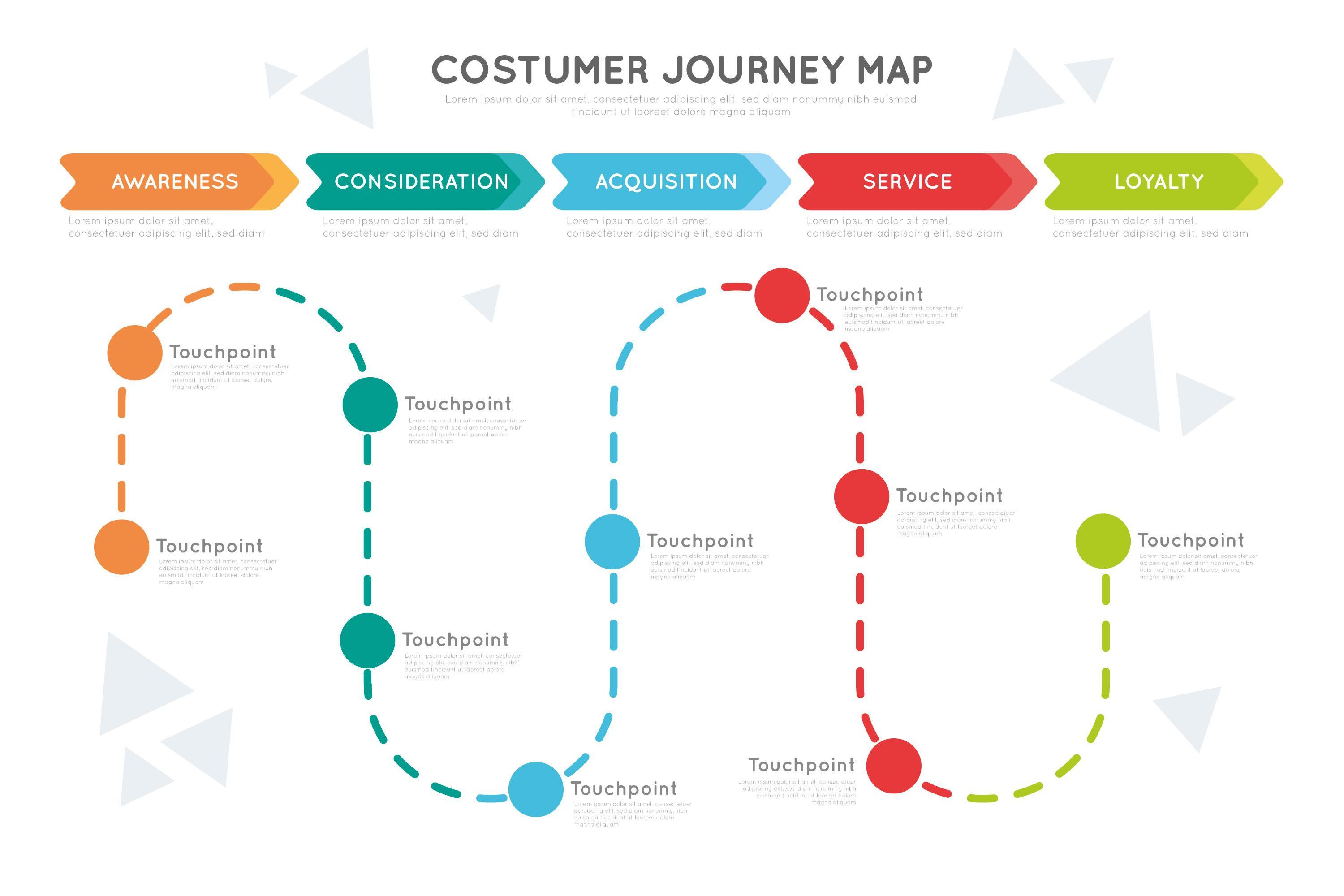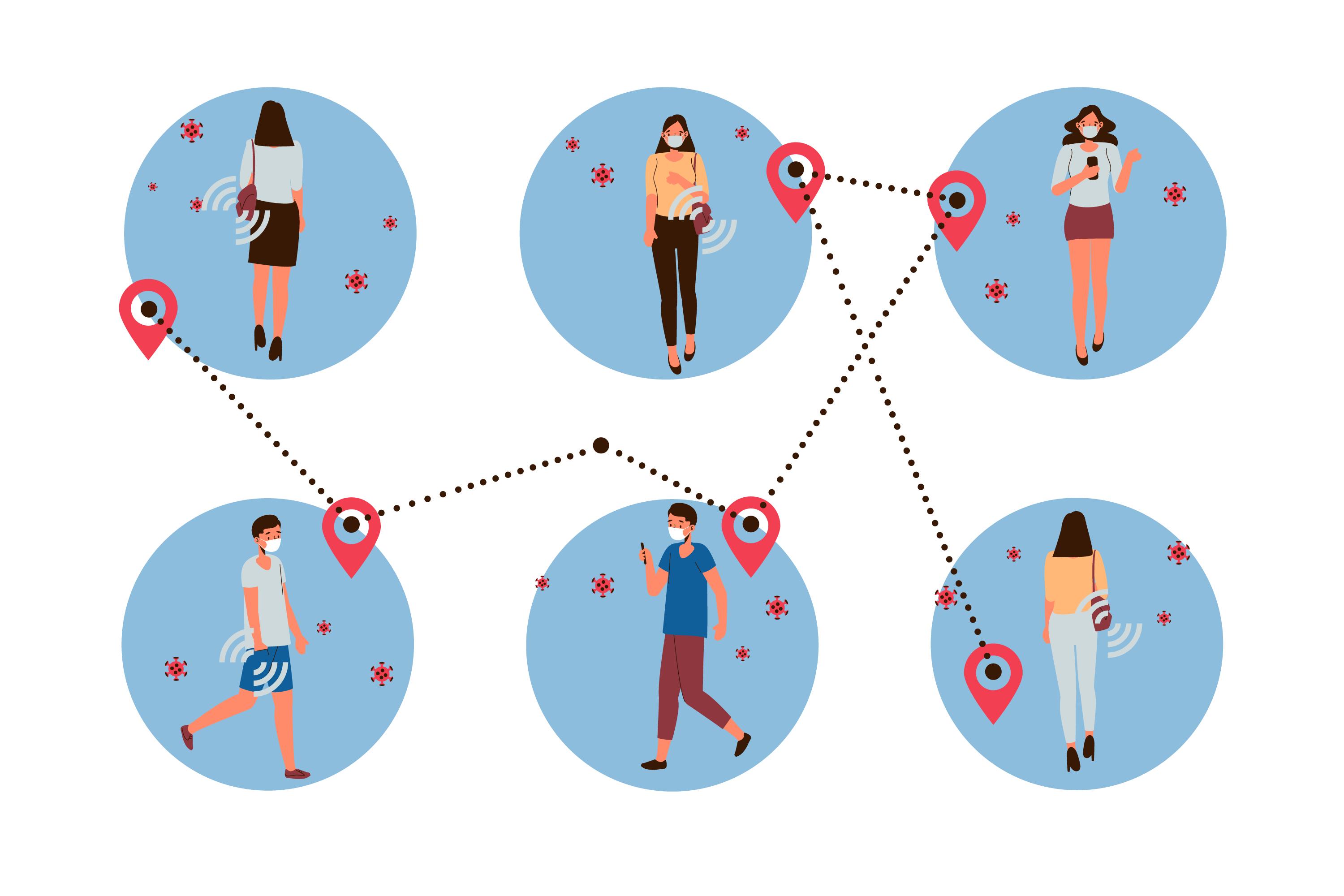Defining a Customer Journey Map
A customer journey map is a visual representation of the entire path your customer takes, from the very first time they hear about your brand, through their research and purchase, all the way to their post-purchase experiences like support, reviews, and referrals.
It captures not only what people do, but also how they feel and why they make decisions.
To put it simply, it’s like creating a movie of your customer’s experience, where every scene, every emotion, and every action matters.
If you’ve ever wondered why customers drop off right before checkout, or what keeps your best clients coming back, a customer journey map gives you the answers in one clear, visual story.
Before diving deep, you might want to explore how the concept evolved over time in
The Evolution of the Customer Journey Map, because understanding its history makes its modern importance even clearer.
Why I Believe Every Brand Needs One
When I created my first customer journey map, it was honestly eye-opening. I noticed small gaps I never paid attention to before, a broken link in a confirmation email, confusing copy on a pricing page, or the lack of a personal thank-you message after purchase.
These might sound small, but to a customer, they’re emotional turning points.
A well-built journey map helps you:
- See your business from the customer’s viewpoint, not yours.
- Identify moments of frustration, hesitation, and delight.
- Understand what emotions drive decisions at each stage.
- Find opportunities to improve loyalty and lifetime value.
For me, journey mapping shifted my mindset from “How do I sell more?” to “How do I help my customers succeed with me?” That subtle shift made all the difference.
I’ll talk about the emotional and business benefits of doing this in
Benefits of Customer Journey Mapping.
The Structure of a Journey Map
Every customer journey map has a few essential layers. Think of them as the “DNA” of the customer experience.
Here’s how I usually structure mine:
Customer Persona
Start with who your customer really is. Not just their age or job, but their motivations, frustrations, and goals. I often give them a name and backstory, like “Priya, the new business owner” or “Raj, the busy freelancer.” This helps me visualize their emotions better.
If you want to learn more about what makes a solid journey structure, check out
Components of a Customer Journey Map.
Phases or Stages
These are the steps your customer goes through. Commonly:
- Awareness
- Consideration
- Purchase
- Retention
- Advocacy
Each stage reveals a different mindset. In the awareness phase, customers are curious. In the purchase phase, they’re cautious or excited. In retention, they’re evaluating trust.
Touchpoints
Every time your customer interacts with your brand, that’s a touchpoint. It could be your website, social media, ads, customer service, or even word-of-mouth.
Customer Thoughts and Emotions
This is where the real insight lies. I try to write what my customer might be thinking or feeling at each stage. Example:
- Awareness: “This looks interesting.”
- Purchase: “Can I trust this company?”
- Retention: “Was this worth my money?”
Pain Points and Opportunities
Once emotions are mapped, it’s easy to see where the customer struggles and where I can improve.
When all of this comes together visually, it’s like zooming out and seeing the entire forest instead of just the trees.
A Real Example From My Work
I once worked with a small e-commerce brand that sold handmade skincare products. Sales were good, but customer retention was low.
We built a journey map and found something surprising: customers were happy with the product quality but felt abandoned after purchase. There were no follow-up emails, no usage tips, no post-purchase engagement.
We fixed that by adding a gentle follow-up sequence, an email three days after purchase with a personal thank-you note and a simple “how to use” guide.
In one month, repeat purchase rates went up by 22%, and customer reviews started pouring in. That one journey map turned confusion into clarity, and occasional buyers into loyal fans.
This connects strongly with
Steps to Creating a Customer Journey Map, where I explain how to build one that actually delivers these kinds of results.
What Makes a Customer Journey Map Powerful
For me, it’s not the diagram itself that holds the magic, it’s the conversation it starts within your team. When your marketing, sales, design, and support teams look at the same journey, everyone aligns around the customer. You stop debating opinions and start acting on shared insights.
It also makes you proactive. Instead of reacting to complaints, you predict friction before it happens. That’s why I see journey mapping not as a one-time activity, but an ongoing process of empathy and improvement.
My Takeaway
If I had to sum up what a customer journey map really is, I’d say this: It’s a mirror that shows you what your customers truly experience, not what you think they experience. And once you see that reflection clearly, you can build smoother, more human, and more meaningful experiences at every step.
When I started doing this regularly, I didn’t just get better conversions, I built stronger relationships. Because when you design around empathy, customers don’t just buy from you; they believe in you.
Next, I’ll break down one of the most common confusions:
Customer Journey Map vs Buyer Journey Map, and why understanding the difference changes how you approach every campaign.



